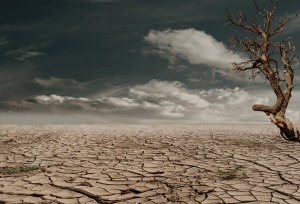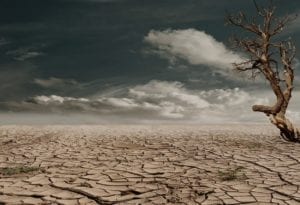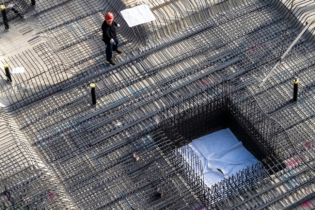 The dam levels around Gauteng are a source of concern for the Department of Water and Sanitation (DWS) as they continue to decline.
The dam levels around Gauteng are a source of concern for the Department of Water and Sanitation (DWS) as they continue to decline.
The combined dam levels in the province are currently sitting at 84.3%, accounting for a reduction of 4% from 88.3 % this time last year.
“By all accounts, this paints a bleak picture which may necessitate that stringent measures be taken by everyone to continue to conserve water. The continued scarcity of rainfall will compound even further the dire situation that the province is currently facing,” the DWS said in a statement.
The department has highlighted the Katse Dam, a critical source of the Lesotho Highlands Water Project, to show the seriousness of the dwindling water levels. Katse Dam is now at 48.7% with a decrease of 1.1% from the previous week.
This is closely followed by the Vaal Dam which decreased to 35.2% with a decrease of 0.4% week on week. The Sterkfontein Dam is the only dam that remains steady at 89.5%, while Grootdraai Dam decreased by 0.3% and is now at 79.3%.
“This decline in water levels points to the fact that our water resources are gradually moving to critically low levels. Given the negative state of these dam levels, the DWS is continuing to sensitise communities about the importance of water conservation and for them to be alive to the effects of the real possibility of water scarcity if caution is not exercised,” the DWS said in a statement.
Gauteng has until now managed to remain relatively unscathed by the drought, being the only province not declared a disaster area. However things could be set to change if residents do not comply with newly-implemented water restrictions.
KZN still suffering
Meanwhile KwaZulu-Natal (KZN) is still in the grip of the drought and, with winter rains proving insufficient to ease the effects, the DWS together with municipalities continues to press ahead with measures to restrict supply.
However, there has been improvement in the level of the Hazelmere Dam and small dams on the South Coast. The Umgeni Dam system, whose five dams serve mainly eThekwini and Msunduzi, decreased by 0.1% this week to 47.8%.
Hazelmere is at 53.6%, an increase of 2.2% week on week. Transfers from the uThongathi River are still taking place. Nagel Dam has increased by 0.2% to 68.4%, while Midmar Dam has increased by 0.2% to 45.9%.
Other KZN dams which are dangerously low include Klipfontein at 13.7%, Hluhluwe at 19.3%, and Goedertrouw at 18.7%; all are declining slightly. The current restrictions for Goedertrouw Dam will remain at 15% for industry, 40% for domestic and 80% for irrigation.
Restrictions in Richards Bay and on agricultural use are having a positive impact. Industry has implemented significant water savings measures. The coastal rainfall over the past weeks has had a positive impact on the lakes.
The Goedertrouw Dam, Zululand’s major water resource, has reached a record low level of 25%. “The time has truly come for action to double the feeder pipeline from the Tugela River,” said the DWS.
Looking at Limpopo
Dam levels in Limpopo remain much the same.
The Nandoni dam is at 57% while the Magoebaskloof is at 100.2%. However there are dams that are almost empty, such as Glen Alpine with just 2.5%, Nsami at 8.6%.
The DWS continues to encourage communities to use water sparingly and practise water conservation.
 The dam levels around Gauteng are a source of concern for the Department of Water and Sanitation (DWS) as they continue to decline.
The dam levels around Gauteng are a source of concern for the Department of Water and Sanitation (DWS) as they continue to decline.







